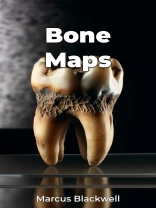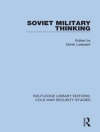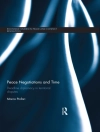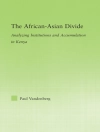‘Bone Maps’ offers a groundbreaking exploration of human migration history through the unlikely lens of dental records, demonstrating how teeth serve as remarkably durable biological time capsules. This comprehensive study combines traditional anthropological methods with cutting-edge technology to unlock the secrets hidden within ancient dental remains, revealing migration patterns dating back 300, 000 years.
The book masterfully weaves together three core investigative areas: dental anthropology methodology, chemical analysis of teeth, and the relationship between dental traits and population genetics. Through detailed case studies spanning multiple continents, readers discover how specific dental characteristics function as genetic markers, enabling researchers to track ancient population movements with unprecedented accuracy.
The durability of teeth compared to other skeletal remains makes them particularly valuable for understanding human migration patterns, especially when traditional archaeological evidence is scarce. Progressing from fundamental concepts to complex analysis, the text bridges multiple scientific disciplines, including genetics, chemistry, and archaeology.
The authors present their findings in an accessible yet scientifically rigorous manner, examining major migration events such as the movement out of Africa and the peopling of the Americas. By incorporating modern analytical techniques like 3D imaging and isotope analysis, the research provides fresh insights into how environmental factors influenced human movement patterns and how dental traits correlate with linguistic and cultural distributions across populations.












